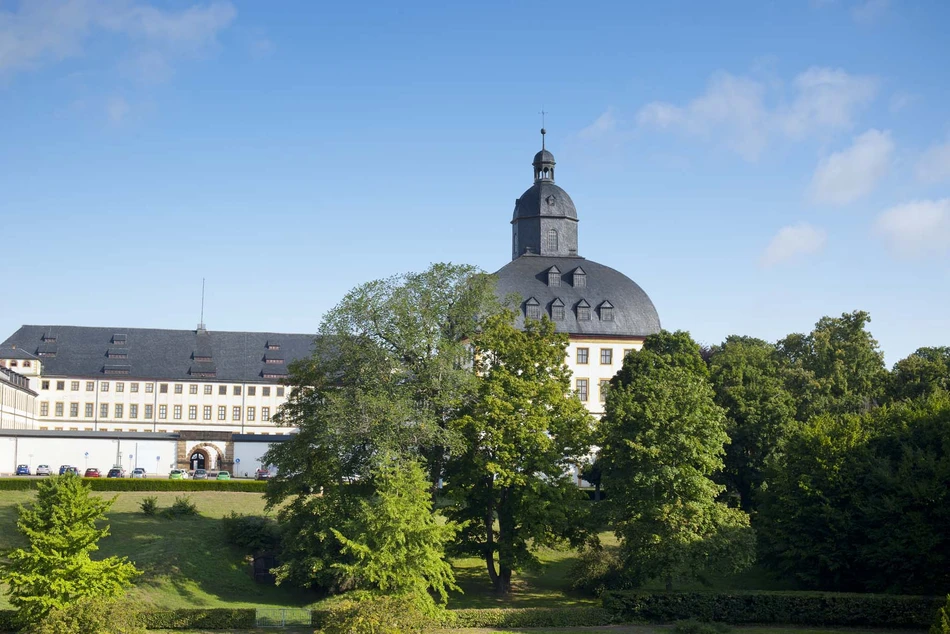The press release goes on to say: "The removal of the books and the dismantling of the shelves – a feat of strength for the research library during ongoing library operations – were necessary after static investigations revealed a considerable overload of the building structure. As a result, the Thuringian Palaces and Gardens Foundation, as the owner of the facility, had to temporarily close the tower and initiate emergency safety measures. The focus was on three free-standing piers and three wall piers made of natural stone in the basement of the tower. In 2021, the piers received steel chords and have since been able to reliably transfer the building's enormous loads back to the foundations.
The actual restoration of the tower, however, is still pending and is a complex undertaking. It will involve the entire building structure from the basement to the roof truss. To this end, structural engineers and building researchers must first open walls in previously inaccessible areas on a random basis and gain insights into the structural fabric. The results are a prerequisite for planning and calculating the costs. The renovation is to take place as part of the measures at Friedenstein Castle funded by the federal and state governments with a total volume of 110 million euros.
The causes of the damage are complex and go back in part as far as the 17th century. That was when the first conversions took place. Above all, a massive partition wall spanning several stories already had a negative effect on the static structure at that time. Over the centuries, this was compounded by material fatigue in the historic supporting structures and, finally, from the 1950s onward, by the loads caused by the rich library holdings in additionally installed steel shelves.



